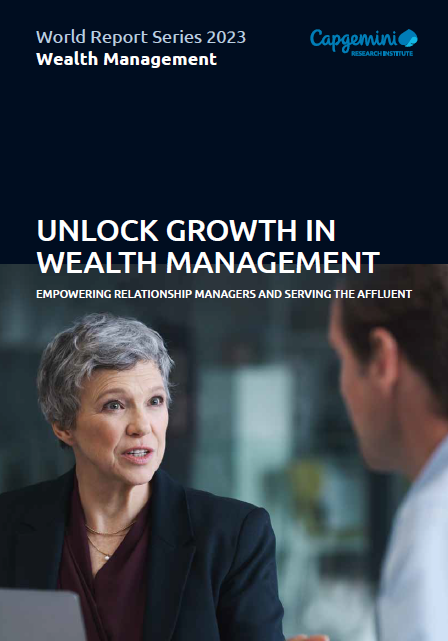What is this Report?
The report is the 27th annual world wealth report by Capgemini Research Institute. The report analyzes the state of wealth and wealth management across the world in the prior calendar year. The report focuses on High Net Worth Individuals (HNWIs) defined as individuals with assets of $1M+ and over.
What are key findings from the article?
- The global economy showed signs of slowing compared to prior years. Notably, the global economy grew 3.2% in 2022, compared to 6% in 2021. North America saw a steep decline in HNWI wealth of 7.4% and HNWI population in 6.9% but North America remains number 1 in wealth amount and total population. Asia-Pacific and Europe saw declines in both wealth and population of HNWI. Africa, Latin America, and Middle East saw growth.
- As a result, the wealth of HNWIs dropped 3.6% in 2022 compared to 2021. The number of HNWI dropped 3.3% in 2022 compared to 2021.
- Sixty-seven percent of HNWIs are focusing on wealth preservation over growth strategies. With low interest rates, growth stock seemed more lucrative that value stocks. But nowHNWI are shifting from growth stocks, like tech stocks, to value stocks. Equity investments dropped 32% of the asset allocation portfolio to 23%.
- Ultra-HNWIs in North America ($30M+) saw a drop in wealth by 8.2% and population by 7.8%. As part of asset allocation, cash and cash equivalents grew from 25% of total assets (where people put their money) to almost 34% in early 2023.
- Relationship managers (RMs) at wealth management firms says that HNWIs are interested in alternative investments. Despite hedge funds having a poor performance year with a decline of 4.3%, 42% of relationship managers say that HNWI clients are still interested in them. Forty-six percent of RMs said clients are interested in private equity. But most wealth management professionals were reluctant to include digital assets into their clients’ portfolios, especially given recent uncertainty and legal troubles in the cryptocurrency market.
- But both wealth management firms and HNWIs are interested in ESG products (Environmental, Social, and Governance products). Forty percent of HNWIs said that returns from ESG-linked assets were comparable to non-ESG linked assets. While wealth preservation is the number one priority, HNWIs believe in the value of supporting ESG initiatives. However, there is no global ESG data standards to determine effectiveness of ESG products.
What can I do as a result?
- Your organization may want to invest resources into planned giving. With HNWIs shifting to a focus on preserving wealth, planned giving can provide stability for both the charity and the donor, through unitrusts, annuities, remainder trusts, and other vehicles.
- Ask for blended gifts. With HNWIs holding a larger percentage of their overall assets in cash and cash equivalents, a blended gift, such as a direct donation and a planned gift, is another useful tool in the fundraiser’s pocket.
- It is critical to communicate the donor investment value that your organization brings. The popularity of ESG products suggest that HNWIs are seeking to do good when they invest. Using investment language, such as return on impact, and clearly demonstrating your organization’s impact with stories and data, is more likely to resonate with wealthy donors.
- As always, don’t forget your mid-level donors. Affluent individuals are underserved by wealth management, but they are often overlooked by nonprofits, too. Mid-level donors are often well-served with two to three personal touches a year, which means the development officer can carry a 500 to 700 donor portfolio.
Additional Resources
- Fidelity Charitable 2023 Giving Report l Fidelity Charitable 2023
- The Cryptocurrency Merry-Go-Round: Are you on? l Aspire Research 2021
- Disruptive Philanthropy: A Guide to Donor Advised Funds (Digital Download) l Aspire Research 2022
- Donor Advised Funds: Research and the Big Picture| iWave Webinar with Jen Filla | 2020 | 1 hour
- Donor Advised Funds: Two Surprising Global Facts | Jennifer Filla Blog | 2021

